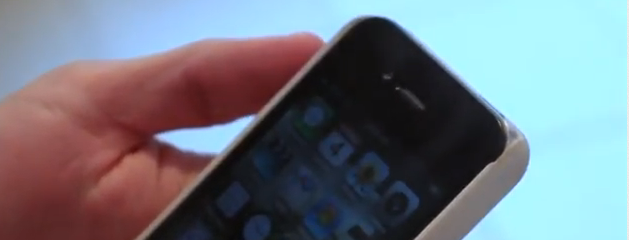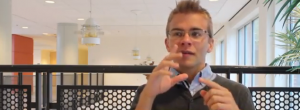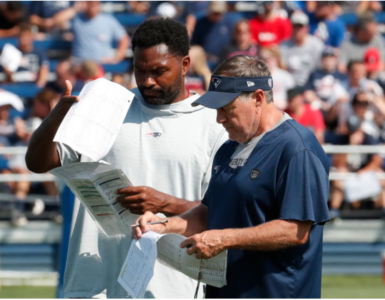The company had previously said that subscribers using
Customers had been worried that upgrading to a more expensive data plan would have doubled their monthly bill.
For some, FaceTime might be just another feature, but for others it is their only means of communication.
“Me, as a deaf person, don’t have that capability to use the phone,” says Gallaudet University student Derrick Behm. “So the options I have are already limited.”
Before FaceTime a deaf or hard-of-hearing person had to use telecommunications relay services to make or receive phone calls. Now they can push one button, and they are connected.
Advocates claimed that AT&T would have been violating FCC rules by asking users to pay more for FaceTime or risk losing the feature. They also considered it an attack on Network Neutrality and started an online petition. The Federal Communications Commission had been expected to rule on the issue.
AT&T’s Position Then and Now:
- A blog post by AT&T Chief Privacy Officer Bob Quinn: “Enabling FaceTime Over Our Mobile Broadband Network.”
- “A Few Thoughts on FaceTime” by Jim Cicconi, Senior Executive Vice President-External and Legislative Affairs, who is responsible for AT&T’s global public policy organization and the AT&T Foundation.











Recent Comments